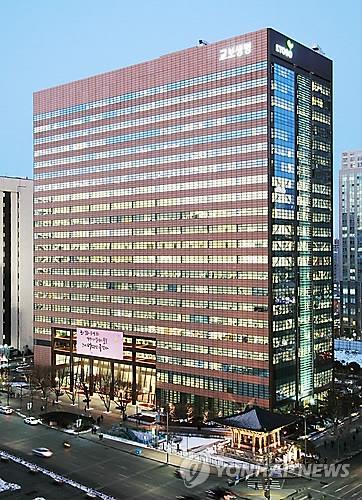The financial health of South Korean insurance firms improved in the second quarter of this year thanks to increased net profits and the higher bond prices they possess, data showed Wednesday.
The risk-based capital, the minimum required liquid reserves for a financial institution, of 56 life and non-life insurers averaged 288 percent at the end of June, up 14.1 percentage points from three months earlier, according to the Financial Supervisory Service.

The average RBC of 25 life insurers rose to 297.1 percent from 284.7 percent, while that of 31 non-life insurers hiked to 269.1 percent from 251.4 percent.
The local insurers saw their available capital grow by 10.1 trillion won ($ 8.9 billion), as the value of their ready-for-sale securities and earned surplus rose.
During the April-June period, the yield on benchmark five-year Treasury bonds fell 0.25 percentage point on quarter to 1.30 percent, according to the FSS.
The RBC ratio, a key gauge of financial stability, measures an insurer's ability to absorb losses and pay insurance to policyholders. Local insurers are required to maintain an RBC ratio of at least 100 percent under industry law. (Yonhap)








